OpenTrap is an addition to a live animal trap that enables the user to control the trap remotely. A small Remote communicates with the Trap Box via a 2-way wireless link. If the Trap Box detects an animal inside the trap, an audible alarm on the Remote can alert the user. From there, the user can verify what animal is in the trap and, if desired, can actuate the trap door to keep the animal inside. I believe that this system will be a significant help to people who are working to help the stray/feral animal population. According to the ASPCA website, it's estimated that there are tens of millions of 'community cats' living on US streets. There are thousands of people working on behalf of these cats, and I want OpenTrap to make their lives a bit easier.
There are three applications where I believe this trap can really make a difference:
- The T.N.R. (Trap Neuter Release) community. T.N.R. is not only a more humane approach to controlling the feral cat population, but it's the only effective method of controlling the feral cat population. OpenTrap can aide in trapping only a specific animal to have it fixed, while not trapping an already-fixed animal that enters the trap looking for food. There's an auxiliary output on the Trap Box that can be activated by the Remote; this can be used to generate some sort of signal to scare an unwanted animal out of the trap (or actuate the shutter release on a camera).
- Capturing an entire litter of kittens. Capturing a litter of feral kittens to socialize them is a very rewarding experience and it's a lot of fun, but it's also A LOT OF WORK and it can be expensive to get them healthy enough to adopt out. There are a number of websites out there that detail the process and detail the pros/cons of undertaking it...Please don't do this until you understand what you're getting into. If you've got any doubt, leave them with the mamma cat, make sure they've all got food and water and contact a local cat rescue group!
- The OpenTrap electronics may also be used on a trap that's configured for manual operation, alerting the user when an animal is trapped inside. This may be useful at night when the trap isn't visible, or on an exceptionally hot or cold day when you don't want an animal sitting outside and unprotected any longer than necessary.
My goals in making this system include making something affordable. Often people working in the T.N.R. community are stretching their resources very thin, so it's important that this not cost several hundred dollars.
I also wanted it to be install-able/removable to most live animal traps with little to no modification and a minimum of tools required...An animal inside this trap is already having a crappy day; a person spending 5 minutes with a screwdriver to remove the trap components is just further scaring them unnecessarily.
This will be completely open-source and I hope that the result of opening it up is a constantly-improving, reliable and AWESOME system to help forgotten animals!
Technical details are in documents in the 'files' section below...This details section was getting too cluttered. I'd love any feedback on the docs
 roger_archibald
roger_archibald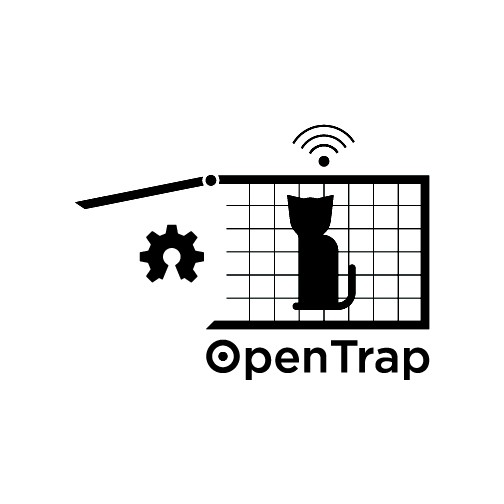
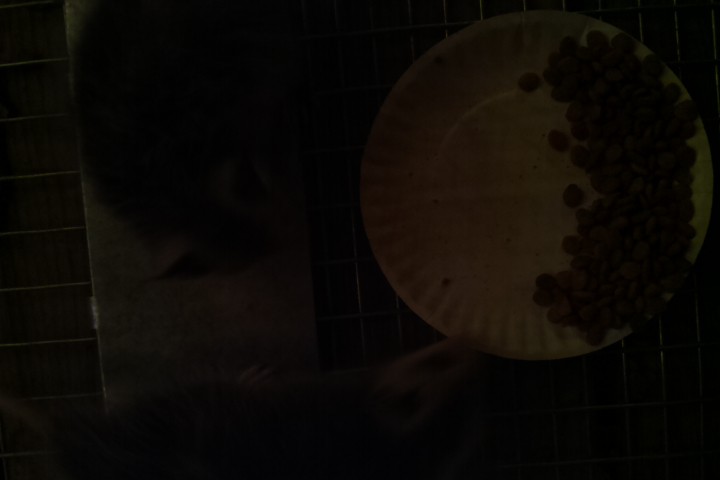
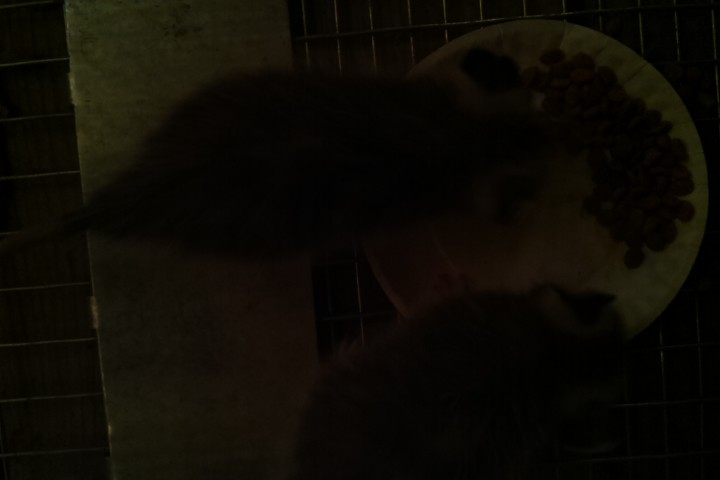
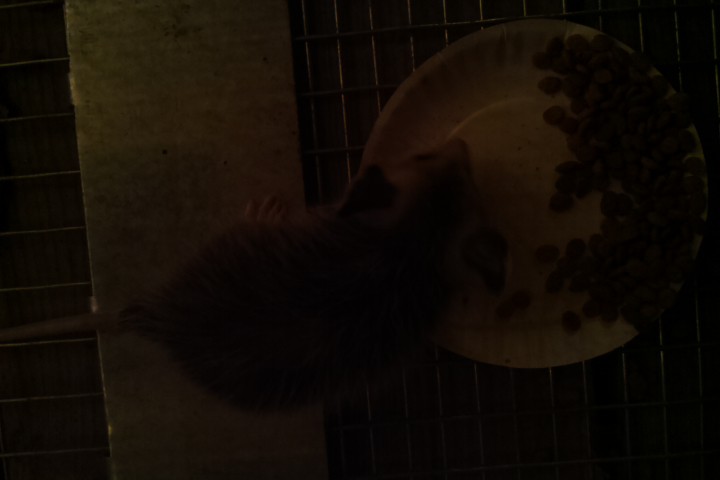
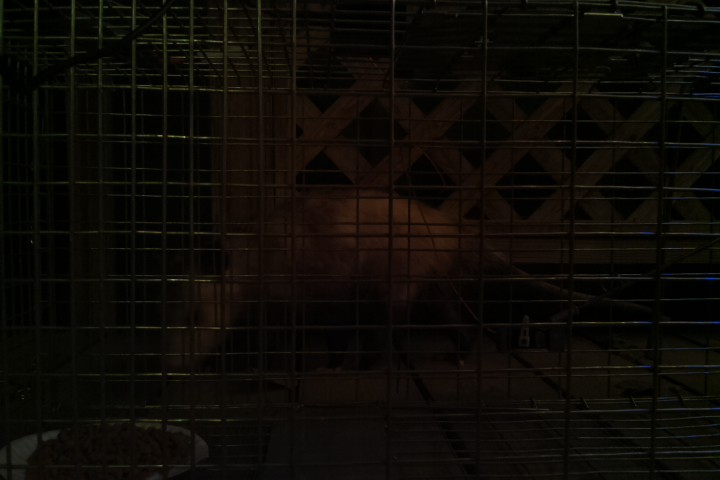
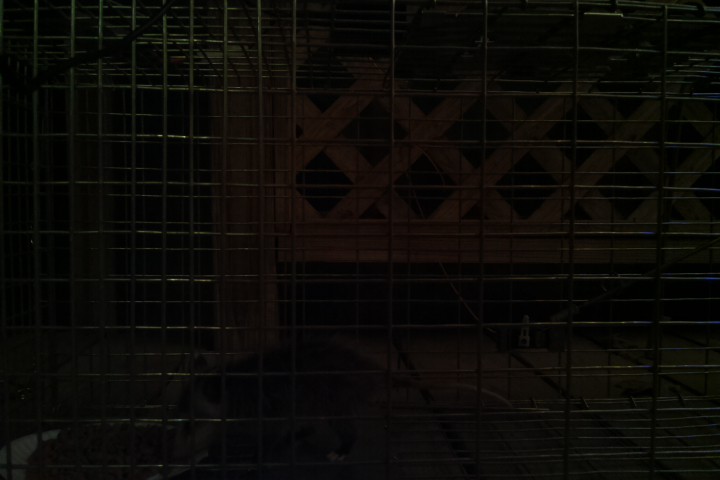
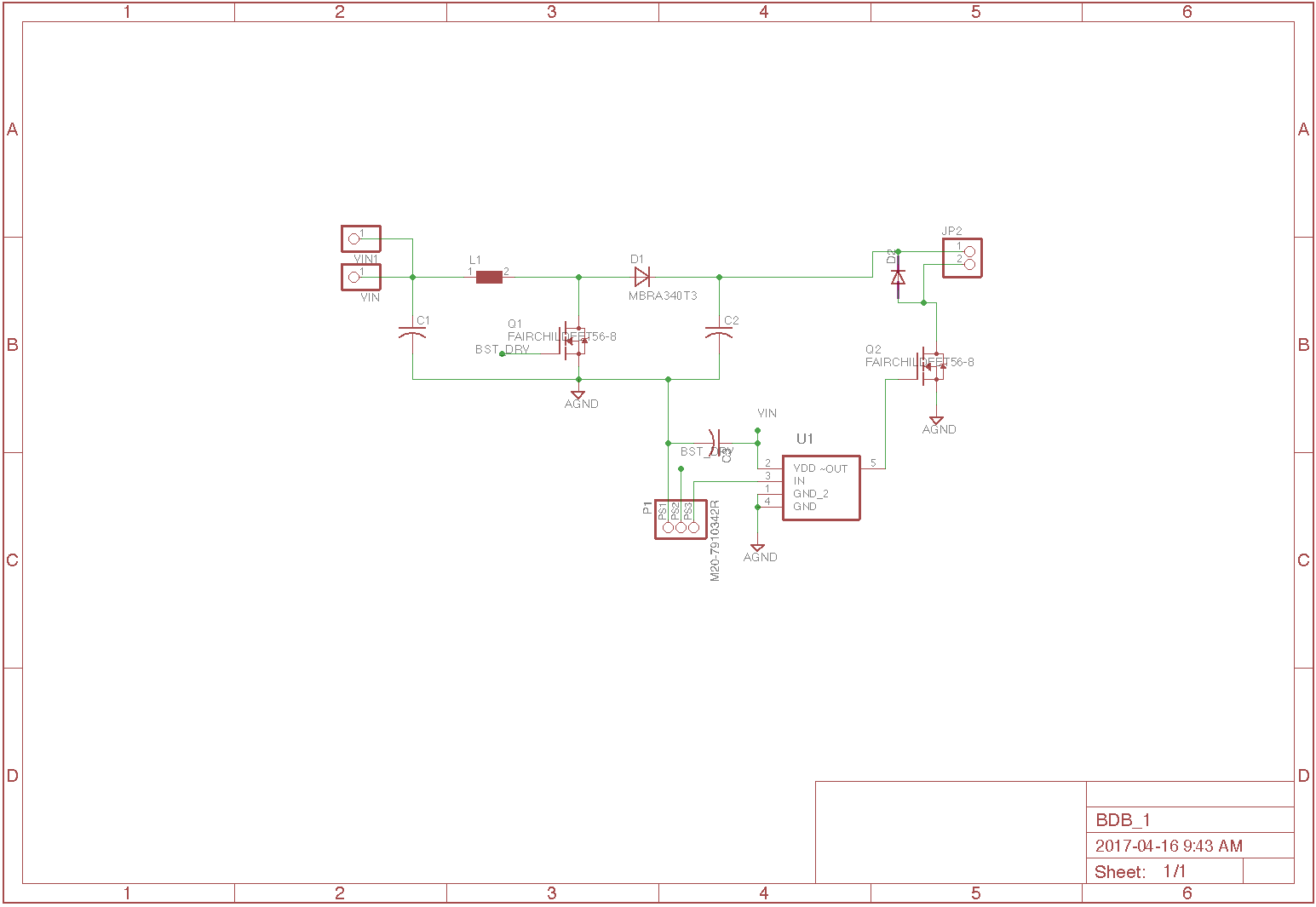

Cool, Check out mine https://hackaday.io/project/7463-raspitrap-v10. My Idea was, that the trap can inform when a mouse is in the trap